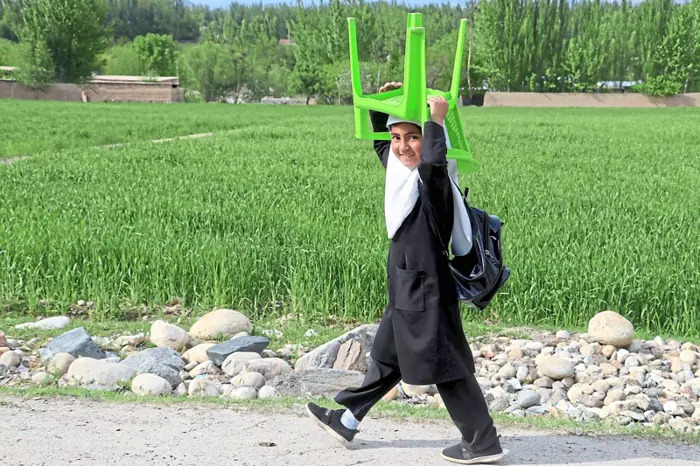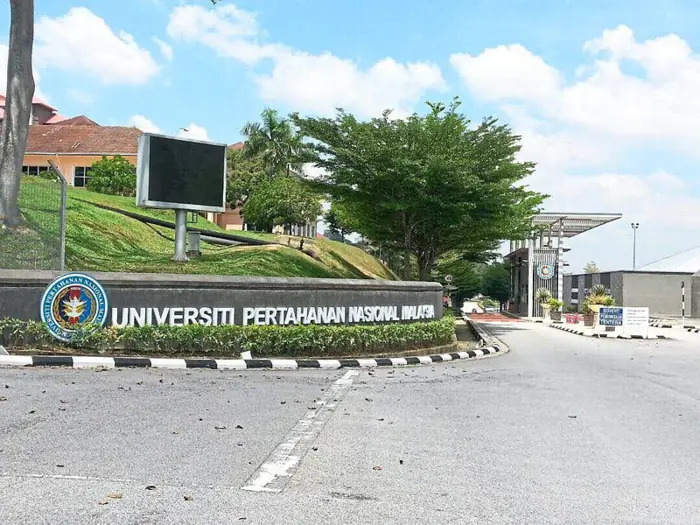THE last thing that the Mayor of Kuala Lumpur, Datuk Seri Dr Maimunah Mohd Sharif, would expect is to be called a racist. After all, she is married to a Chinese husband and her children were sent to Chinese schools.
The Datuk Bandar, who just reported for work in October, has found herself caught in a storm over the signboard controversy.
Most media reports, especially the social media – have sexed up the issue of a purported crackdown by City Hall or Dewan Bandaraya Kuala Lumpur (DBKL) over business premises that have failed to use Bahasa Malaysia or downplayed the national language on signboards.
The blow up has caught Maimunah, who was a president of the Seberang Jaya Municipal Council, by surprise as the order did not come from her.
The reality is that it is an ongoing exercise as the requirement has been in existence since 1982 under the Small Signboards by-laws. Not a crackdown.
It is clear other languages beside the national language are allowed on these signages but Bahasa Malaysia must take precedence.
The issue has been clouded by politicians who came into play with racist one-liners and overtones with defensive rebuttals.
Certainly, this could be better discussed with rational points, but a simple issue of signboards has generated into a national issue with toxic race and language angles coming into play.
For a start, let’s look at the facts. DBKL has issued licences for over 120,000 business premises in KL and over 19,000 sign boards.
Of these, between January and November 2024, only 55 notices have been issued for violation of signboard rules. Of the 55, 24 of these premises have agreed to make the necessary changes required.
These offenders were those that did not use one single Malay word or had no signboards at all.
It came as no surprise to many of us. They included 11 restaurants and premises which used only Chinese words, which were mostly the hot pot restaurants, along Jalan Imbi, in Kuala Lumpur.
Other shops involved were those owned by Bangladesh and Myanmar nationals, who also disregarded the national language.
Those were mostly located along Jalan Bukit Bintang, Jalan Pudu, Jalan Tun Tan Siew Sin and other areas in the city. One premise in Bukit Bintang, run by an Arab, was asked to take down his all-Arabic signboard.
The task of checking these signboards come under the jurisdiction of the enforcement and security unit, which is their routine.
Amidst the confusion, if the DBKL has been selective in its action, why is that many premises have larger English names or brands than BM but were allowed?
DBKL has explained that if a firm, association or company – as registered under the Business Registration Act, 1956, under the Companies Act, 1965, or the Societies Act 1966 – consists of or includes the words that are not in the national language, there is no requirement to translate those words into the national language.
In short, City Hall would not insist on a BM translation of Starbucks or KFC as these are registered brands, or The Loaf, once owned by Tun Dr Mahathir Mohamad. How would one translate ZUS Coffee, a brand, or The Loaf into BM, anyway?
But it is not difficult to put a “Restoran Hot Pot” on the signboard and there is no need to argue over whether these premises only cater for Chinese tourists because other languages are allowed.
If we go by that logic that only Chinese has to be used for business reasons, then the Myanmar, Bangladesh and Arab nationals would use the same argument that they don’t need to use BM.
It can be tricky when inaccurate or inappropriate Malay versions are used sometimes, as Malaysiakini writer Zikri Kamarulzan asked in his article “Guna Bahasa Melayu atau tidak, peniaga kafir sentiasa salah” (Use Malay or not, infidel traders are always wrong) on Nov 25.
“Is it important for Malays to know that the Chinese writing on the sign of a shop means ‘Pau Babi Ah Chong’?”
He said in 2021, a local company that produced alcohol product that used the name “Timah” provoked the anger of some people on the grounds that the company and the product involved did not respect the sensitivities of “our people.’’
“Meanwhile, a fast-food chain changed the name of root beer to just RB to protect the sensitivity of the Malays,’’ Zikri wrote.
Well, common sense has essentially remained. My Ramly Burger man understands when I asked for a hot dog, and neither is he offended.
Dr Mahathir walked into one mall, spotted a few premises using Chinese characters, and is all worked up, and immediately said: “I felt I was in China.’’ As expected, it was widely reported in China and Hong Kong.
Maybe he should now take a walk along Bukit Bintang soon, and realise that it now looks like “I am now in an Arab country’’ but none of us have complained about it because from a positive aspect, they cater to the Arab tourists.
This is a free country and if Arab nationals can afford to pay the high rentals for these premises, go ahead.
The point here is as Malaysians, and not just Malays, we would want these restaurants and premises to have Malay, English and Arabic words for their customers, too.
Likewise, not many of us, even though we are ethnic Chinese, understand Chinese or speak Mandarin.
I would want my menu to be in English, for example, if I am at a Chinese restaurant at Jalan Imbi.
In any case, there are bigger numbers of local Muslim customers than Chinese tourists, which is why many restaurants have turned halal, or at least, pork-free, and using BM or English will always help.
Tourism, Arts and Culture Minister Datuk Seri Tiong King Sing is understandably defensive as he is responsible for bringing in Chinese tourists, who have become affluent and known for their spending power.
He said DBKL’s enforcement has resulted in “emotional reactions” and crossed “unnecessary boundaries.”
The Sarawak politician is worried that a negative perception of Malaysia would impact the country’s reputation among tourists, especially in view of Visit Malaysia Year 2026.
Admittedly, many airports overseas now use Chinese in its announcements while Thailand even has a special lane at the immigration for China tourists.
Brand shops like Louis Vuitton have hired Chinese-speaking assistants, in London or Paris, to please Chinese tourists.
But Harrods as a brand remains big on its signboard. There is no Chinese. Not even in smaller characters. That has not stopped Chinese tourists from flocking there.
Really, our politicians need to argue our case better. It is most unfortunate that the “under siege” mentality continues to prevail among us, regardless of our races, and the tendency is to take up a racial position.
Bahasa Malaysia is our national language. Period. The by-laws say all other languages are allowed. Almost all our restaurants and premises comply with it, and in many cases, English takes precedence. Look around.
Finally, the hypocrisy of politicians – all-Chinese or all-Tamil signboards and banners are allowed during election campaigns in their constituencies.










